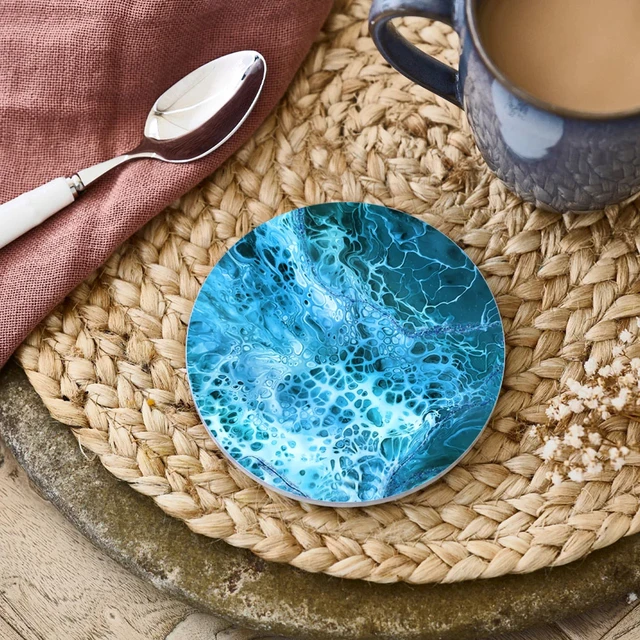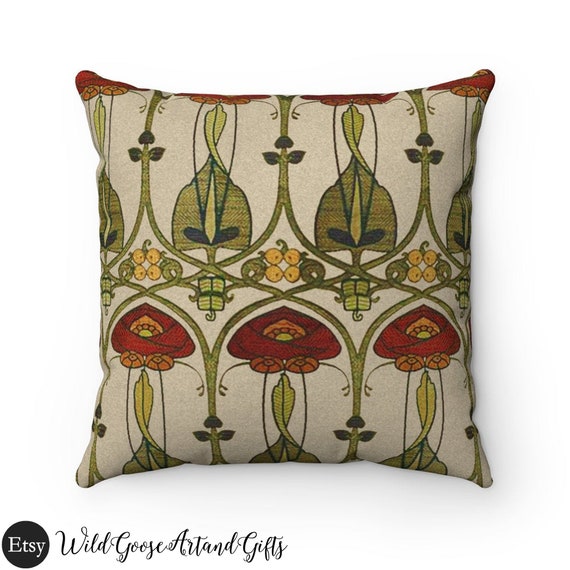The Best Guide To Unique Art
The Best Guide To Unique Art
Blog Article
Some Known Questions About Unique Art.
Table of ContentsUnique Art Can Be Fun For Anyone6 Simple Techniques For Unique ArtUnique Art Things To Know Before You Get ThisA Biased View of Unique ArtHow Unique Art can Save You Time, Stress, and Money.
While one could discuss which art kind holds precedence, the reality remains that each of these seven types gives an unique home window into human background, society, and evolution. Unique Art. They are the tapestries that chronicle our journey, advising us of our past while inspiring visions for the future
3 Emil DervishIn this entryway by Emil Dervish that stunning cobalt blue door takes the program. To bring also extra drama, he extended the paint. to the doorframe and the wall surface up, finishing in an arched shape (Unique Art). The curves, together with a spherical sconce, soften the edges. Frames vintage posters and maps of cherished areas established the scene.
Getting My Unique Art To Work
8 TRIA GIOVANEqual parts grand and laidback, this foyer created by Anthony Baratta is the excellent blueprint to adhere to if you're enhancing a formal entryway that still feels unfussy and comfortable. Formed fabrics take spotlight (see the carpets and the sofa), however they likewise help bring the high ceilings to a human scale when hung over wallpaper.
18 Heidi Caillier DesignA gallery wall doesn't require to take up the entire area. In fact, often a tiny one can make a larger style declaration. In this living-room, Hiedi Caillier chose micro-mini frameworks and an arbitrary composition. Promotion - Continue Reading Below19 Stephen Kent JohnsonDesigner Juan Carretero decided for a deep environment-friendly paint color to contrast with the light timber coatings.
The elements of this languageits forms, lines, colours, tones, and texturesare utilized in different methods to generate sensations of volume, room, activity, and light on a level surface area. These elements are combined right into expressive patterns in order to stand for actual or supernatural sensations, to translate a narrative motif, or to develop completely abstract visual connections.
Later on the idea of the "fine artist" developed in Asia and Renaissance Europe. Popular painters were paid for the social status of scholars and courtiers; they authorized their work, decided its layout and typically its subject and images, site and developed a much more personalif not constantly amicablerelationship with their patrons. During the 19th century painters in Western cultures started to lose their social setting and safe patronage.
Unique Art Fundamentals Explained
Others made an income with touring exhibitions of their job. The requirement to interest a marketplace had changed the comparable (if less impersonal) demands of patronage, and its result on the art itself was most likely comparable as well. Generally, musicians in the 20th century can get to a target market just with business galleries and public galleries, although their job may have been periodically recreated in art regulars.

Do not duplicate the style of other musicians if you're looking for your design. Copying other individuals's artwork can be fantastic in academic purposes but it will go not make you closer to finding your own special style. Your artistic design has to be, what you like and what inspires you.
Unique Art Can Be Fun For Everyone
I would certainly assume of your very own style as a design you paint in naturally, when you release all thoughts and policies and simply concentrate on paint, not thinking about it. The design needs to come naturally to you when you are loosened up and you can not require it or it won't be your very own design, simply my site someone else's.
You need to try great deals of various choices and discover everything before you can concentrate on one specific style or you'll be bored, or even worse, you'll despise your very own style. I recommend you to attempt every single subject that you're interested in, explore as much as you can. Try different mediums that thrill you and brand-new techniques you have actually never ever tried before.
With time you'll have the ability to sort every one of them right into your favored and least favored classifications. Attempt to focus your interest on the subjects and tools that you like and prior to you see it coming you'll have your own individual and special design, like nobody else have! In the end you'll have a few preferred subjects to repaint and perhaps a few favorite mediums.
The 7-Minute Rule for Unique Art
The style has to establish itself gradually with a great deal of practice and experiments. Thank you for reviewing this post and if you have any type of concerns leave them in the remarks below, I 'd more than happy to respond to these.
Report this page